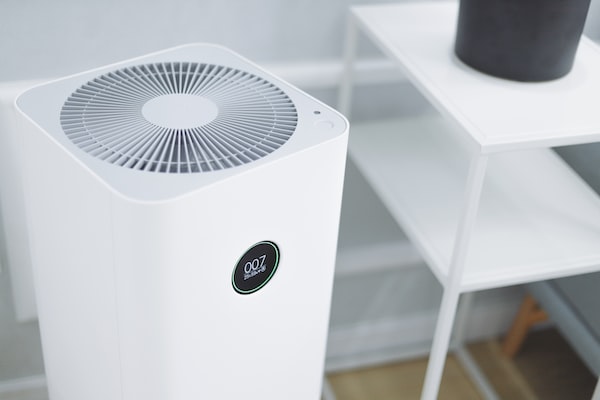There’s no doubt that your HVAC system is one of the most important pieces of equipment in your home. This is especially true of your air conditioner, particularly if you live in a hot climate.
Air conditioners have become a staple in most households, and we all rely on them to keep our indoor spaces cool. However, not many of us understand the intricate components that make up this complex system. By gaining an understanding of these parts and how they work together, you can ensure that your AC unit is running efficiently and effectively. If you’re in need of more information, keep reading for a basic guide to understanding the components of your air conditioner.
How can you understand the components of your air conditioner?
When discussing key components of your HVAC system, we need to discuss the evaporator.
So, what is an air conditioner evaporator? An air conditioner evaporator is the component of the system that absorbs heat from indoor air and transfers it to the refrigerant. It is typically located in a metal box called an evaporator coil. The evaporator works by bringing warm air into contact with cold refrigerant flowing through its coils. The cooled air then moves back into your living space. To keep things running smoothly, some form of an airflow fan is used to circulate heated or cooled air.
Condenser coils are another essential component of your air conditioner, responsible for releasing heat from the refrigerant. The condenser coil works by absorbing this hot refrigerant gas and converting it into a liquid. This liquid then travels outside where the outdoor fan blows cool air over the tubes, cooling down the now-liquid refrigerant. Pressure builds up within the condenser coil due to temperature changes that occur between indoor and outdoor temperatures.
When enough pressure is built up, a safety feature called an overload protector will automatically shut off power to prevent damage.
The compressor is the heart of your air conditioning system, as it pumps refrigerant throughout the unit. It is made up of a series of pistons, valves, and cylinders that work together to move the coolant through the lines and back into the evaporator coil. The compressor works in conjunction with other components such as a condenser fan motor, expansion valve, receiver-drier housing, and filter drier to provide cooling power for your home or business.
What else can you do to maintain your preferred indoor temperature?
Now that you have a deeper understanding of the components of your air conditioner, let’s discuss some ways to support your HVAC system and maintain your preferred indoor temperature. For example, proper ventilation is required if you want your home to remain temperate all year long. This is a major factor in creating a comfortable living space as it ensures that air is able to flow freely throughout the space. Good ventilation filters out airborne pollutants, such as dust, smoke, and other allergens, and can reduce the risk of respiratory illnesses.
If you want more precise control over your entire HVAC system, then you may want to upgrade to a smart thermostat. Not only does it save you money on your energy bill, but it can also conserve energy and make your home more comfortable. Smart thermostats are able to do this by learning your habits and adjusting the temperature accordingly. This enables you to stay connected to your home when you’re away. Some models are even able to lower your home’s carbon footprint by ensuring your energy usage is as eco-friendly as possible.
As you can see, understanding the components of your air conditioner is necessary to ensure it functions properly and safely, while maximizing its efficiency and lifespan.
Knowing which components need routine maintenance and which ones may need to be replaced can help you save money, time, and energy in the long run. You can further support your HVAC system by taking steps like improving your home’s ventilation and upgrading to a smart thermostat. By following the tips in this article, you can create a cozy indoor space where you and your family truly enjoy spending time.










